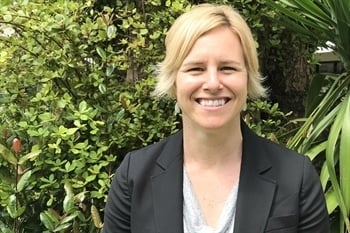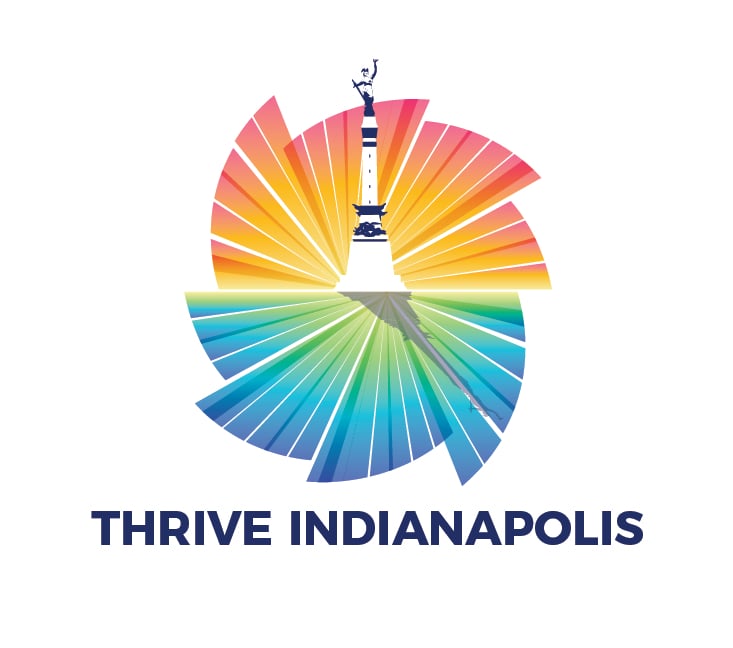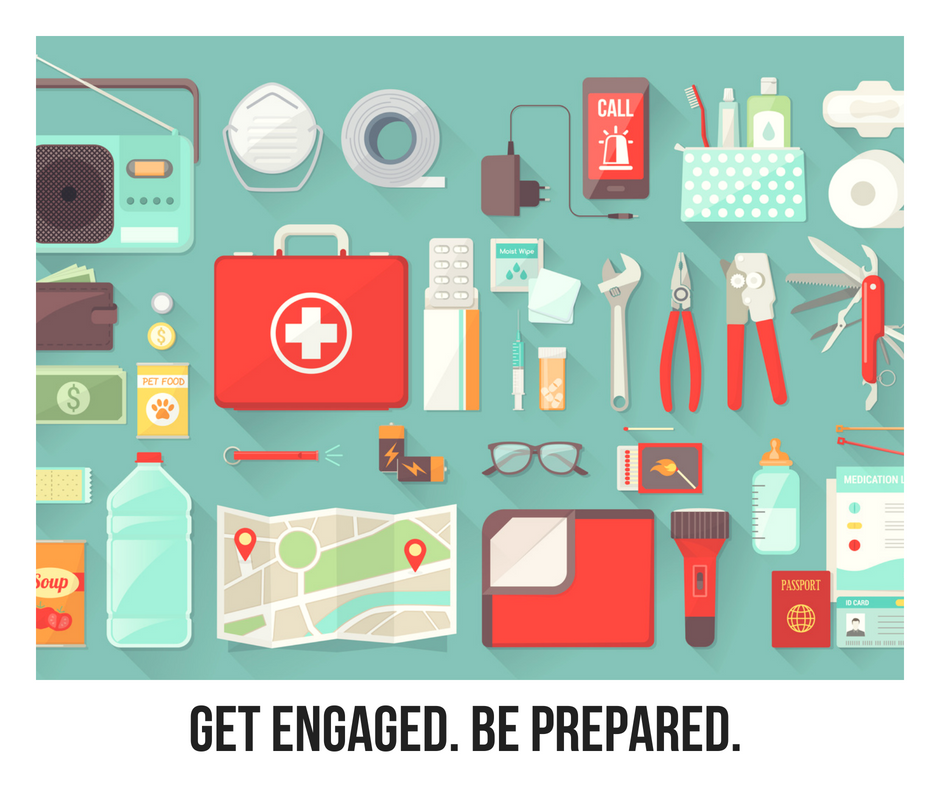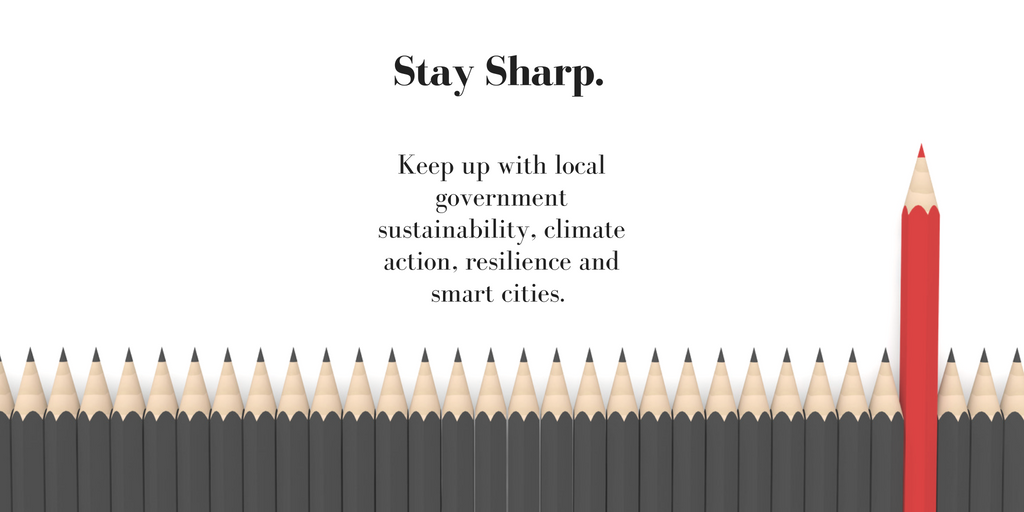At KLA our clients want thriving, inclusive, healthy communities. Sometimes they come to us before they kick off of a major planning process, and we partner with them throughout that journey. Other times it starts with a GHG inventory or implementing a specific grant-based project with community engagement. Still others come to us for our Community Dashboard and wind up integrating our communications support.
Regardless of the starting point, KLA has been proud to work with communities from Encinitas, CA, to Cambridge, MA, and Indianapolis, IN, West Palm Beach, FL and San Antonio, TX. Here are 6 ways we help them achieve their climate and sustainability goals.



.jpg)


-1.png)

.png)

